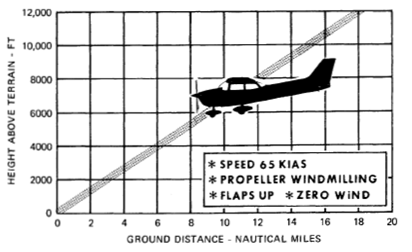igorek82
Pre-Flight
Re: The impossible turn made possible---simulated engine failure from 600' with turnb
This was interesting - Stationary and Windmilling Propeller Drag - http://www.peter2000.co.uk/aviation/misc/prop.pdf
"Conclusion - The main goal of this investigation was simply to determine whether a stationary or a windmilling propeller has more drag. The answer is complicatedly simple: it depends. It is clear that it depends on the pitch and length of the propeller, and it is probably independent of the wind velocity. A crossover point was discovered where the drag forces for the windmilling and stationary states were the same. This crossover point is also dependent on the pitch, the length, and probably independent of the wind velocity."
Does anyone know where we can find actual data for a typical fixed-pitch ~76 inch prop on io-360?
This was interesting - Stationary and Windmilling Propeller Drag - http://www.peter2000.co.uk/aviation/misc/prop.pdf
"Conclusion - The main goal of this investigation was simply to determine whether a stationary or a windmilling propeller has more drag. The answer is complicatedly simple: it depends. It is clear that it depends on the pitch and length of the propeller, and it is probably independent of the wind velocity. A crossover point was discovered where the drag forces for the windmilling and stationary states were the same. This crossover point is also dependent on the pitch, the length, and probably independent of the wind velocity."
Does anyone know where we can find actual data for a typical fixed-pitch ~76 inch prop on io-360?


